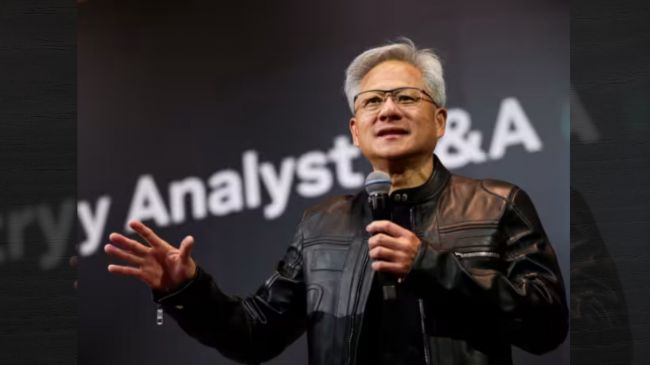Nvidia CEO Offload $15 Million in Stock Under New $873 Million Sales Plan
by Isabella Wallace - 4 months ago - 2 min read

A Calculated Move by Nvidia’s Visionary CEO
Nvidia CEO Jensen Huang has started selling company stock under a pre-arranged Rule 10b5-1 trading plan, adopted in March 2025 and disclosed in Nvidia’s latest quarterly report. Over June 20 and June 23, Huang sold 100,000 shares for about $14.4–$15 million, according to filings with the U.S. Securities and Exchange Commission. This marks the first step in a plan that allows him to sell up to 6 million shares—worth approximately $865–$873 million at current prices—by the end of 2025.
The Mechanics Behind the Sale: Rule 10b5-1 Trading Plan
This stock sale is no impulsive cash grab. Instead, it’s part of a pre-arranged Rule 10b5-1 trading plan, adopted in March and publicly disclosed in Nvidia’s latest quarterly report. Such plans are commonplace among corporate titans, designed to allow executives to sell shares on a set schedule, sidestepping accusations of insider trading and avoiding sudden market shocks. For Huang, whose net worth hovers around $135 billion and is largely tied to Nvidia stock, it’s a way to diversify without spooking investors.
Nvidia’s Stock Soars Amid AI Boom
The timing of this move is telling. Nvidia’s stock has soared more than 800% since the AI boom ignited by OpenAI’s ChatGPT in late 2022, cementing the company’s dominance in the AI chip market. The hunger for Nvidia’s GPUs shows no sign of abating, even as the company navigates export controls and geopolitical headwinds. In May, Nvidia reported a jaw-dropping 69% year-over-year revenue jump for the first quarter, hitting $44 billion. The stock is up another 9% this year alone.
Huang’s Continued Confidence in Nvidia’s Future
Despite this sale, Huang remains Nvidia’s largest individual shareholder, still holding over 800 million shares after the latest transaction. His grip on the company is firm, and his confidence in its trajectory appears unshaken. For investors, the message is clear: this is a calculated financial maneuver, not a vote of no confidence.
What Lies Ahead for Nvidia and Its CEO
As the AI revolution accelerates and Nvidia’s chips continue powering the future, all eyes will be on Huang’s next moves—and on whether the company can sustain its blistering pace of innovation and growth. For now, the architect of Nvidia’s success is simply rebalancing, not retreating.